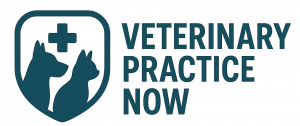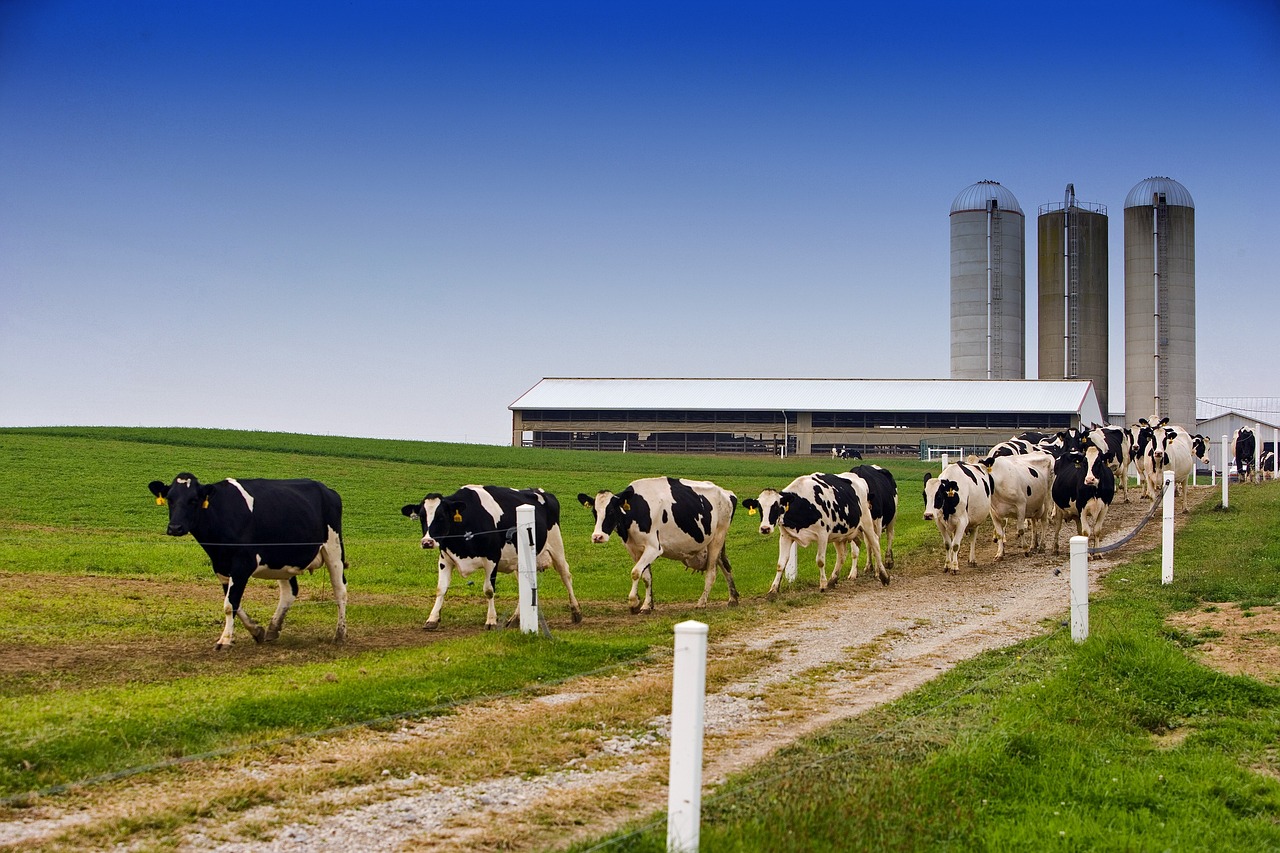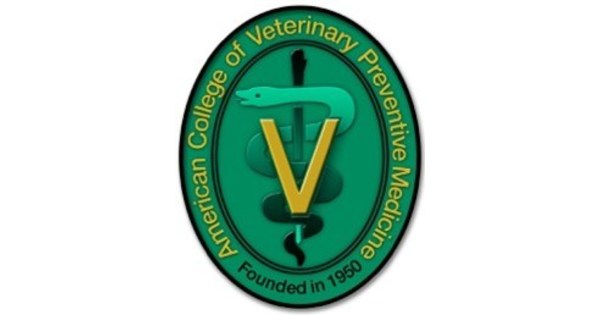Starting April 29, 2024, the USDA is taking decisive steps to protect the livestock industry from the threats posed by the highly pathogenic H5N1 avian influenza. In collaboration with various federal agencies, the USDA is rolling out new measures aimed at preemptively tackling the virus, curbing its spread, and minimizing its effects on the sector.
Key Initiatives Announced by the USDA:
Mandatory Testing for Interstate Dairy Cattle Movement
To ensure the safety of interstate dairy cattle movement, it will be mandatory for these animals to undergo testing for the Influenza A virus. The tests must be conducted at a certified National Animal Health Laboratory Network (NAHLN) facility, and only animals that test negative will be cleared for movement.
In cases where dairy cattle test positive, herd owners will be required to provide detailed epidemiological data, including tracking the movement of the animals. The specific conditions under which dairy cattle can move interstate will be outlined by APHIS in upcoming guidelines. Initially, these stringent testing requirements will apply to lactating dairy cattle, with later extensions to other cattle classes based on ongoing scientific assessments of the virus and its risk dynamics.
Obligatory Reporting Protocols
Both laboratories and state veterinarians are now mandated to report any positive detections of Influenza A nucleic acid (such as PCR or genetic sequencing results) in livestock to USDA APHIS. Similarly, any positive serology diagnostic findings must also be reported.
Recent Developments and Observations
The USDA has noted instances of the virus transmitting between cows within the same herd, from cows to poultry, and through cattle movements between dairies. There have also been reports of asymptomatic cows testing positive for the virus. A significant development occurred on April 16 when APHIS microbiologists identified a mutation in an H5N1 sample from a Kansas cow, indicating a potential adaptation to mammals. However, subsequent analysis by the CDC confirmed that this mutation is typical in mammalian infections and does not pose an increased public health risk.
Since March 2024, the USDA, in conjunction with the U.S. Food and Drug Administration, CDC, state veterinary and public health officials, and NAHLN labs, has been actively investigating the emergence of the HPAI H5N1 virus in dairy cows. There have also been reports of infections in cats on affected dairy farms. The CDC has provided specific guidelines for veterinarians on how to assess and manage feline patients that might have been exposed to the virus.
For those seeking more detailed information or guidance, resources are available on the USDA website or through the Federal Order.
These proactive measures by the USDA and its federal partners underscore a committed effort to safeguard the livestock industry from emerging infectious diseases, ensuring the health of animals and, by extension, the safety of agricultural practices.



